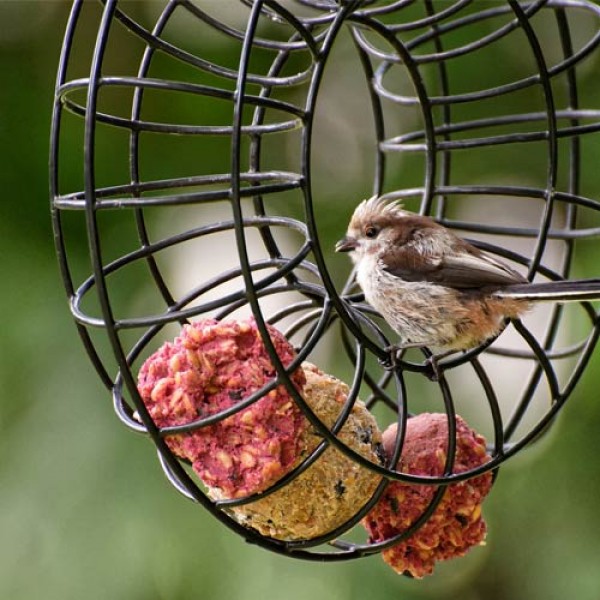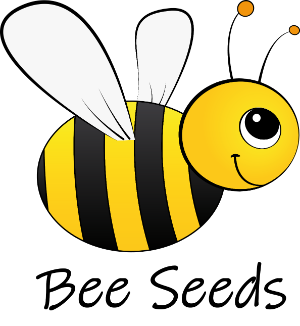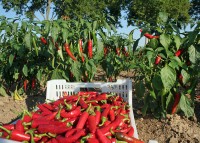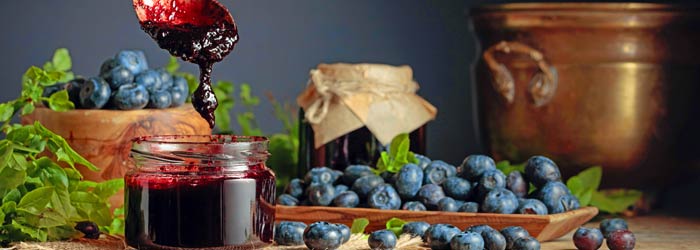
Feeding Birds in Winter
Feeding Birds in Winter
Feeding period
The period of bird feeding is actually not limited. If you want to support birds during the coldest months you can offer food from November until the end of February. Though the topic of bird feeding is often a subject of debate, best decide for yourself whether you would like to support our native birds. Many wildlife experts recommend feeding birds in winter. Because of a reduction of natural gardens and an increase of sealed areas, there is less food available. For these reasons, birds have to travel long distances in winter to get enough food. Help to make it easier for our native birds to find food.
Type of feeding
The best way to feed the birds is to use feeding silos or special holders for titmouse dumplings, in which unwrapped dumplings are packed. Feeding in silos or special holders avoids mould, mildew and diseases caused by contamination with droppings.. If you use the common feeders with a roof, you should clean them regularly with hot water and replace the feed at short intervals.
Providing good shelter
Feeders should be placed near protective cover such as hedges or a brush pile to offer birds safety from predators like cats or sparrow hawks.
Glass panes and birds
Place feeders no more than five feet away from a wall or window, and use window clings or other techniques to help birds avoid the glass. Alternatively, feeding stations can be attached directly to the glass. If the feeding stations are further away, the birds often recognise obstacles such as windows or walls too late and tend to fly against them.Offering natural gardens
Planting of native garden bushes is the ideal way to provide shelter forthe birds all year round. Plants such as rowan or Japanese crab feed the birds until the onset of winter. If you place nesting boxes to protect the birds from the cold, they will feel at home.Winter foods
Our native bird species have very different feeding preferences, but sunflower seeds are suitable as a basic food for all. Keep in mind when feeding: Soft feeders prefer ground feeders, while grain feeders choose the silos, houses or hanging feeders.For winter feeding, see here which birds you attract with your chosen food:
Robins: Robins prefer to eat cereal flakes, mealworms or sultanas in coconut fat. In addition, you can offer them chopped nuts.
Blackbirds: Blackbirds like to eat apples or sultanas. But to supplement their diet, you can add mealworms, chopped nuts, dried berries or hulled sunflower seeds.
Green woodpecker: A rarer guest in the garden is the green woodpecker. but once htey have noticed your tasty food, they will certainly visit more often. They prefer a mixture of insects, insect larvae, nuts and berries.
Tits: They love a mixture of seeds and fat. This mixture can be made by yourself or bought as titmouse dumplings. (It is best to choose the dumplings directly with no netting)
Jay: These beautiful birds, which belong to the raven genus, prefer corn kernels, acorns or whole peanuts.
Magpie: The magpie prefers whole peanuts or corn kernels.
Blue Tit: Blue tits like sunflower seeds and chopped nuts.
House sparrow/field sparrow: The house and the field sparrow like a bit of everything. because as omnivores they both prefer chopped nuts, fat food, sultanas, mealworms, peeled sunflower seeds as well as dried berries.
Nuthatch: Nuthatches like cereal flakes, hemp, nuts or sunflower seeds.
Goldfinch: The goldfinch likes chopped nuts, oily seeds such as hemp, poppy or sunflower seeds, but also the seeds of faded perennials.
Greenfinch: The greenfinch likes chopped nuts, oily seeds such as hemp or poppy seeds, but also sunflower seeds.
Great tit: The great tit likes sunflower seeds or nuts.
As you can see, birds are more or less gourmets and prefer different kinds of food. Therefore, provide a variety of foods to attract the greatest number of species. To get the most winter bird traffic in your backyard, place your feeders at varying heights and locations, including in or near trees and shrubs, where birds won`t be as vulnerable to predators.
Tipps:
-
no later than the onset of ice and snow, you should offer the birds feeders
- The birds will remember the feeders. Do not stop feeding in the middle of winter as they rely on the food source
- Winter feeding is best during the coldest months from November to the end of February
- Choose high-quality feed, because the ingredients vary. Often wheat is added to cheap feed
- Food scraps, potato peelings, bread etc. do not belong in the feeder
- Feeders shopuld be placed in sheltered locations out of the moste severe winds and rain
- If possible, ensure that the birds have a good all-round view. tso cats do not have the chance to attack unnoticed
- Place feeders no more than five feet away from a wall or window, and use window clings or other techniques to help birds avoid the glass
- It is better to choose hanging feeders so that the feed is not contaminated by droppings
- Proper and regucleaning will minimize mold, mildew and other unhealthy conditions that could foster disease among backyard bird populations
- Tit dumplings in plastic netting are a risk of injury. It is better to use a dispenser for tit dumplings
- Dont` forget, that water in winter is as important as food. Once lakes, ponds, and rivers freeze, it becomes very difficult for birds to find water. Put a drinking trough with warm water outside once a day or use a heated birdbath
Enjoy the hustle and bustle in the garden - the more comfortable they feel, the more trusting they become.
Perhaps you too will have the chance to feed a bird directly from your Hand?















